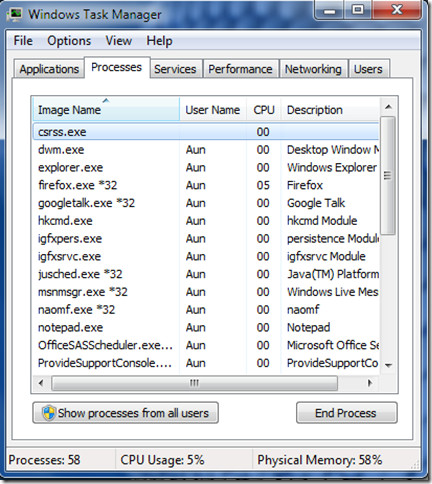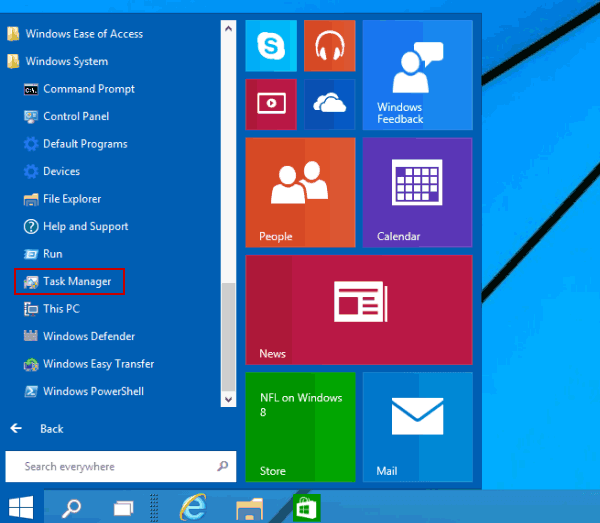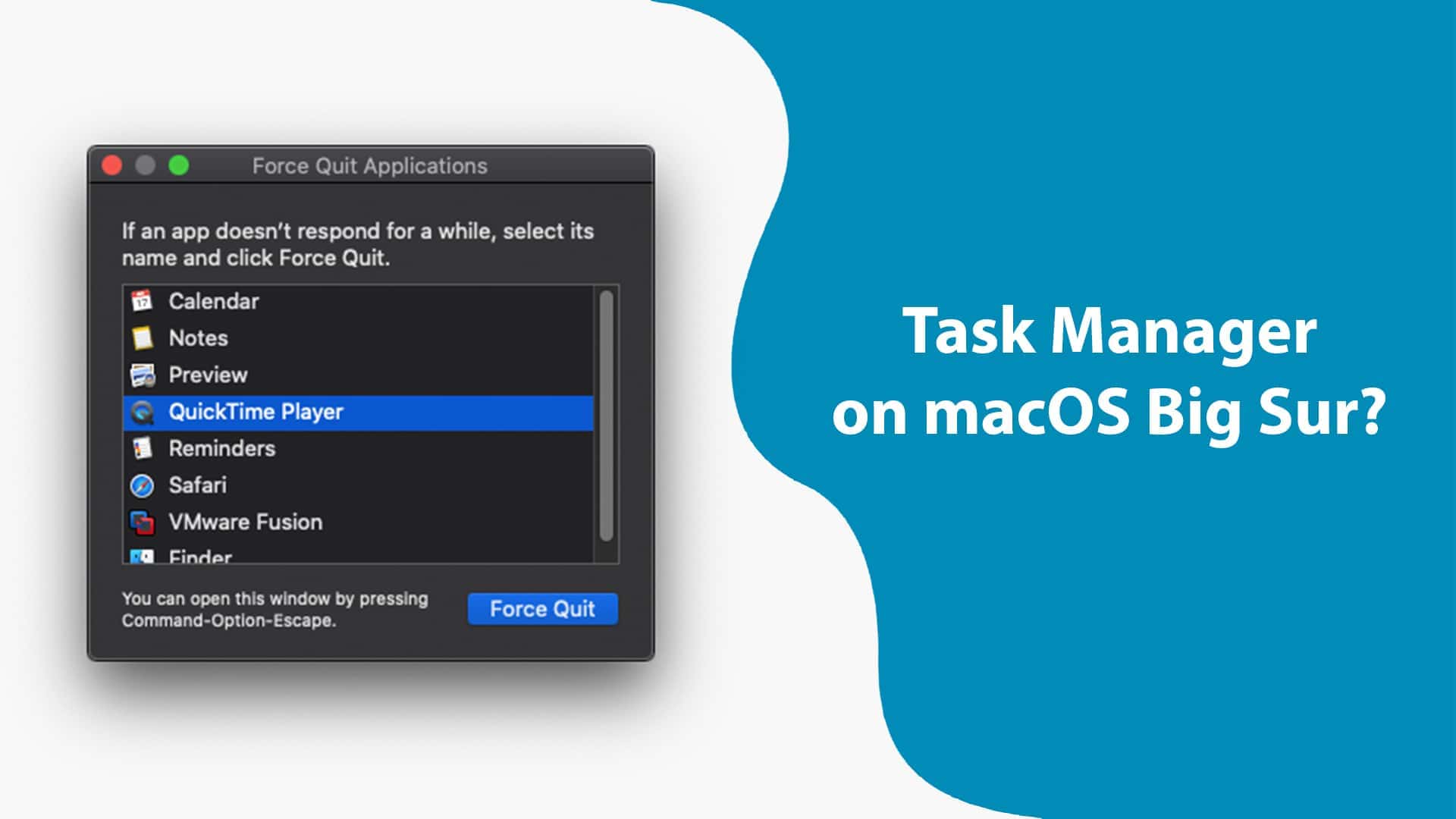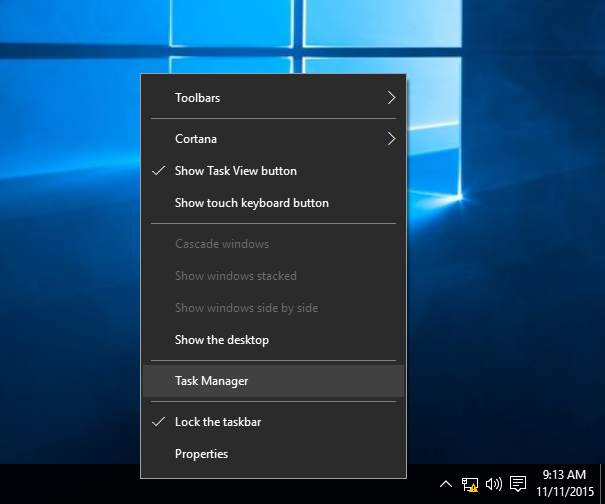
- HOW TO OPEN TASK MANAGER SHORTCUT HOW TO
- HOW TO OPEN TASK MANAGER SHORTCUT FOR MAC
- HOW TO OPEN TASK MANAGER SHORTCUT WINDOWS
Right-click the icon and select the Pin to taskbar option.
Search for Task Manager and click the top result to open the app. To add quick access to Task Manager from the Taskbar, use these steps: HOW TO OPEN TASK MANAGER SHORTCUT HOW TO
How to add Task Manager access from Taskbar
How to add Task Manager access from Desktop. How to add Task Manager access from Start menu. How to add Task Manager access from Taskbar. HOW TO OPEN TASK MANAGER SHORTCUT WINDOWS
In this Windows 11 guide, we will show you three easy ways to add quick access to the Task Manager. Ellipsis is useful at times and copyright is essential of you are a publisher or writer.On Windows 11, you can no longer right-click the Taskbar to open Task Manager since the new design includes a limited context menu, and while there are still some other ways to launch the experience (for example, from the Quick Link menu by right-clicking the Start button or using the Ctrl + Shift + Esc shortcut), you can also add few other quicker ways to open Task Manager from the Taskbar, Start menu, or desktop. The Hash sign is certainly more used when writing about anything to do with social media. While we won’t need the Euro sign very often, it is useful to know where it is if you do.

Control-T – Swap the character around either side of the cursor.įinally, some shortcut keys that are actually hard to find.Control-O – Insert a new line after the cursor.Control-B – Move one character backward.Control-F – Move one character forward.
 Control-A – Go to the beginning of the line. Control-D – Delete the character to the right of the cursor. Control-H – Delete the character to the left of the cursor. Option-Delete – Delete the word to the left of the cursor. Command-Semicolon – Activate spellcheck. Shift-Command-Colon – Show the Spelling and Grammar window. Control-Command-D – Show or hide the definition of the selected word. Command-D – Select the Desktop folder when opening or saving. Command-T – Show or hide the Fonts window. Command-U – Turn underlining on or off.
Control-A – Go to the beginning of the line. Control-D – Delete the character to the right of the cursor. Control-H – Delete the character to the left of the cursor. Option-Delete – Delete the word to the left of the cursor. Command-Semicolon – Activate spellcheck. Shift-Command-Colon – Show the Spelling and Grammar window. Control-Command-D – Show or hide the definition of the selected word. Command-D – Select the Desktop folder when opening or saving. Command-T – Show or hide the Fonts window. Command-U – Turn underlining on or off. 
As that is mostly what I do, I know some of these ones.
HOW TO OPEN TASK MANAGER SHORTCUT FOR MAC
There are a number of keyboard shortcuts for Mac that are specific to working in documents.
Option-Shift-Command-Q – Log out of your macOS user account without confirming. Shift-Command-Q – Log out of your user account. Control–Option–Command–Power button – Quit all apps and shut down. Control–Command–Media Eject – Quit all apps and restart. Control–Shift–Power button – Put your screen to sleep. Control–Command–Power button – Force restart the Mac. Fn–Right Arrow-End – Scroll to the end of a web page or document document. Fn–Left Arrow-Home – Scroll to the beginning of a web page or document. Fn–Down Arrow- Page Down which scrolls down a single page. Fn–Up Arrow – Page Up which scrolls up a single page. Option-Command-Esc – Force Quit an app or unresponsive program. You will find the fn key in the bottom left of the Apple keyboard. Other keyboard shortcuts for Mac are different. Command-P – Print the current document. Command-F – Find items in a document or open Find. Command-V – Paste the contents of the Clipboard into a document or app. Command-C – Copy whatever is selected to the Clipboard. 
Command-X – Cut whatever is selected and copy it to the Clipboard.Some of the more common keyboard shortcuts for Mac are the same in Windows.








 0 kommentar(er)
0 kommentar(er)
